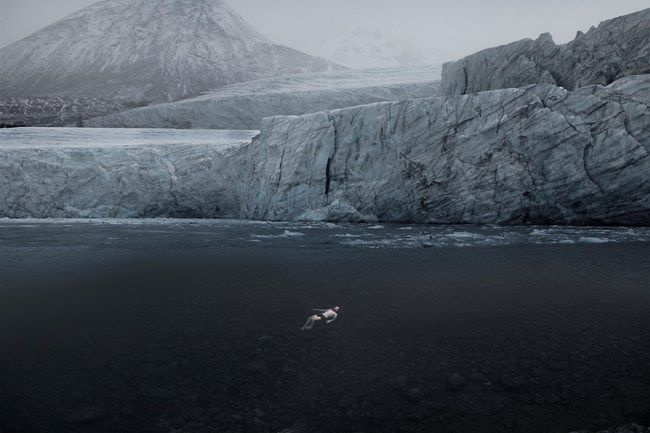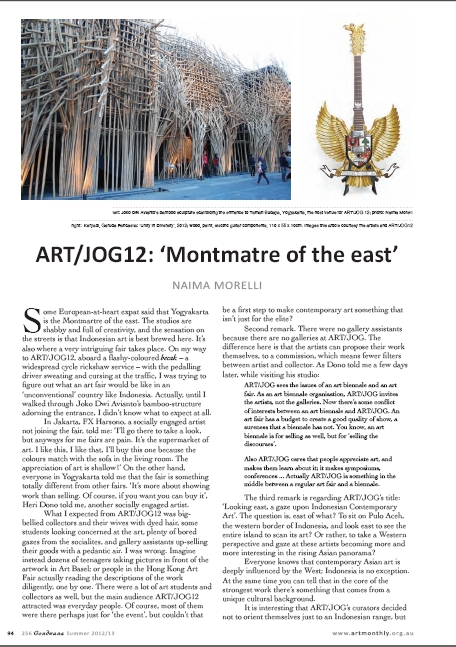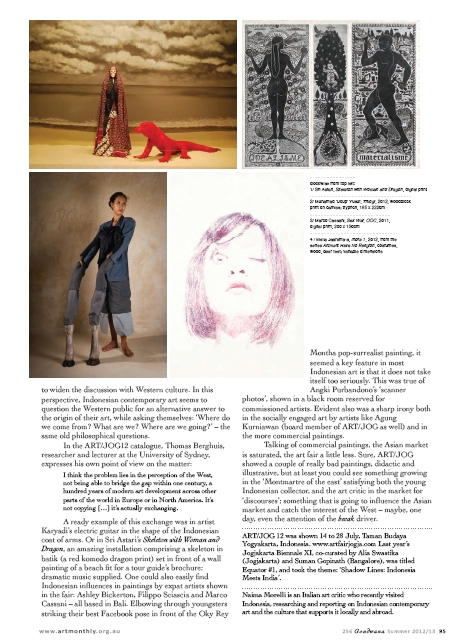
Some time ago a friend of mine – Bietolone we will call him – told me that he was waiting at the clinic of venereal diseases in London (a banal candida, he quickly added). In the waiting room a tall slim bombshell from Russia struck up a conversation. She said she was sick of London and she wanted to move elsewhere. Like, in that very moment. She explained she was a sculptor, and England was no place to live for an artist anymore. When he heard that Bietolone gulped. He notoriously had a soft spot for artists. He would have already asked her out if only they wouldn’t have met at the clinic of venereal diseases.
She proclaimed that the future for the arts was in Asia, and she had already picked a city to live: Singapore. She threw her blonde hair behind her shoulders and asked Bietolone in a heavily accented English: “Do you want to come with me?”
“Let me think about it” he replied seriously.
She scribbled her number on a piece of paper, gave it to him and disappeared in the stairwell before even getting her diagnosis.







Published! Interview with Koushna Navabi on Global Comment
I’m back at my desk (figuratively) after a few days hiatus. I didn’t go far really. I’m spending summer in my hometown Sorrento and I have been exploring the beautiful surroundings – Positano, Amalfi, Capri, Ieranto and so on – with my partner in crime, curator Roberto D’Onorio. (Here and here our visual diary where we shamelessly glamourize ourselves.)
Back to my beloved work, it was great to see that Global Comment published my interview with Iranian/American/London-based artist Koushna Navabi. I visited her studio one year ago, and I was fascinated by the delicate dark beauty of her art. Koushna left Iran at sixteen and flew to America. In her teen years, she discovered art, and felt in love with Europe. She therefore moved to London to attend the Goldsmith college, in the beginning of the Young British Artists movement.
Today Koushna is a successful artist living in London. Her work addresses the relationship between West and Middle East, Iranian identity and women issues. It is based both on memories and personal experience, but also discusses past and present politics of her native country. She considers art therapeutic for both the artist and the viewer. In this interview we talk taxidermy, orientalism in art, Koushna’s artistic process, her struggles to accept her Iranian identity and her final decision to embrace it.
Here’s the link to the interview
Read More